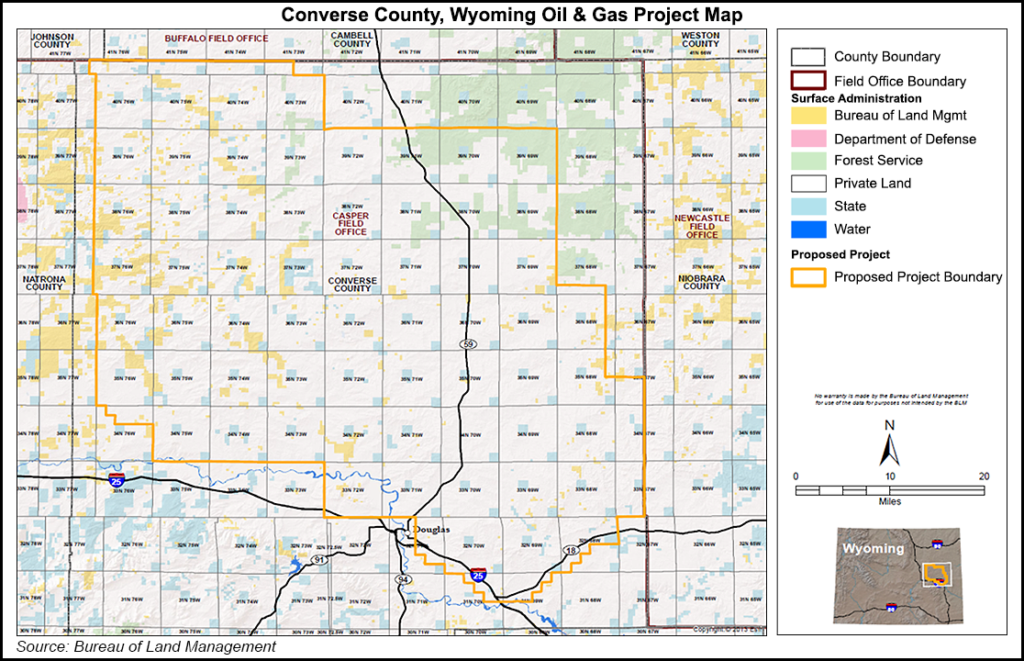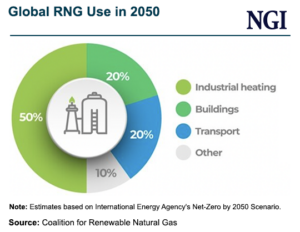E&P | Coronavirus | Infrastructure | Markets | NGI All News Access | NGI The Weekly Gas Market Report | Oil | Other Plays | Regulatory
Controversial Wyoming Oil, Gas Project in PRB Moving Forward After Favorable BLM Decision
© 2024 Natural Gas Intelligence. All rights reserved.
ISSN © 2577-9877 | ISSN © 1532-1266 | ISSN © 2158-8023 |



